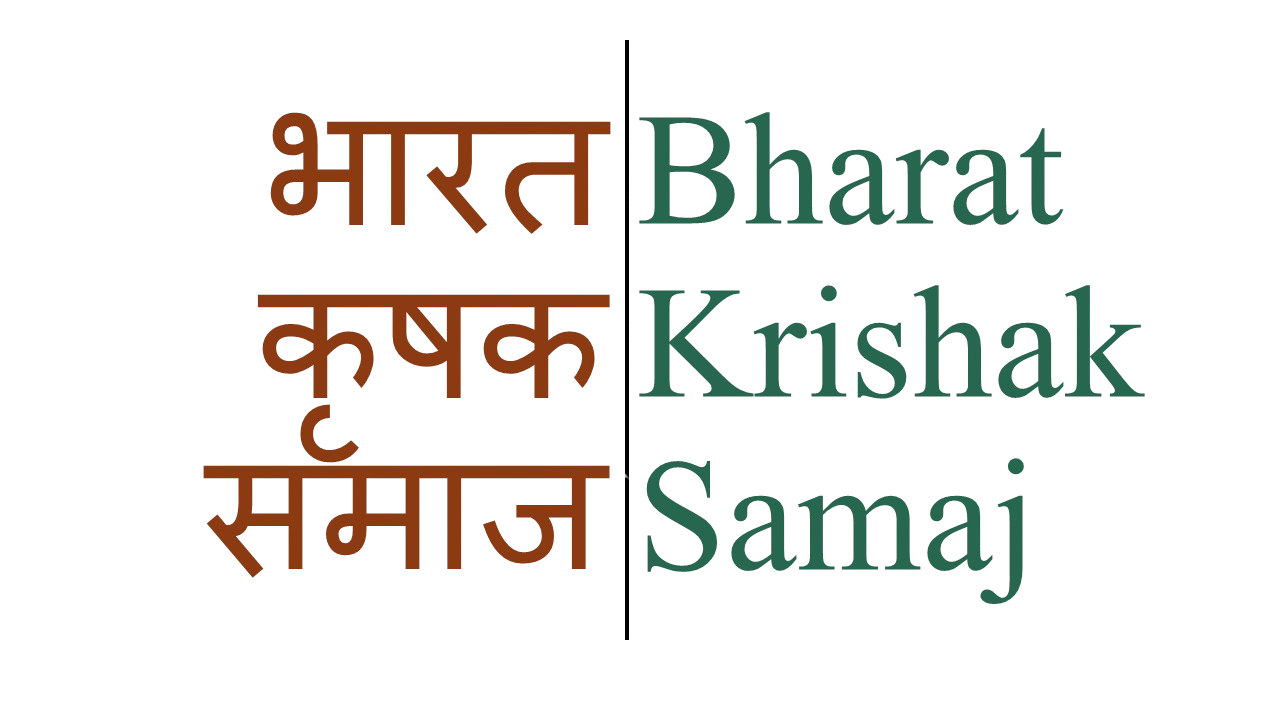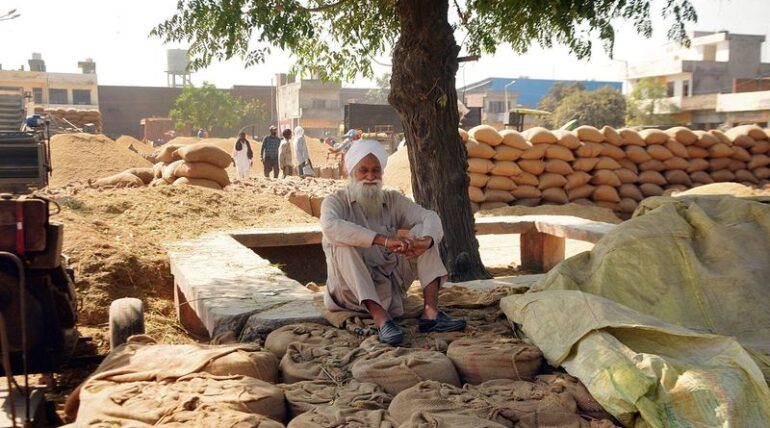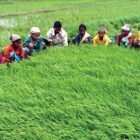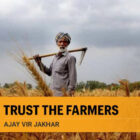Corruption & Incompetence Paddy Procurement
Even in the COVID lockdown, when the country had literally come to a stop, grain procurement in Punjab was seamless. Now for the 1sttime in living memory, Punjab is suffering from mishandling of paddy procurement, which is a testament to the unprecedented collapse of the state administration. In absolutely bizarre turn of events; farmers are supporting Arthia’s and millers, the very set of businesses that fleece them. Till about 15 years ago, it was normal to see farmer unions protesting Arthias’ monopolistic behaviour and unfairness. Arthia provides the credit and is the sole agent through who the farmers are compelled to sell their grains. The tables have now turned, the smart-playing Arthias having successfully courted farmer union leaders. This is a telling indictment of either their integrity or the judgement.







